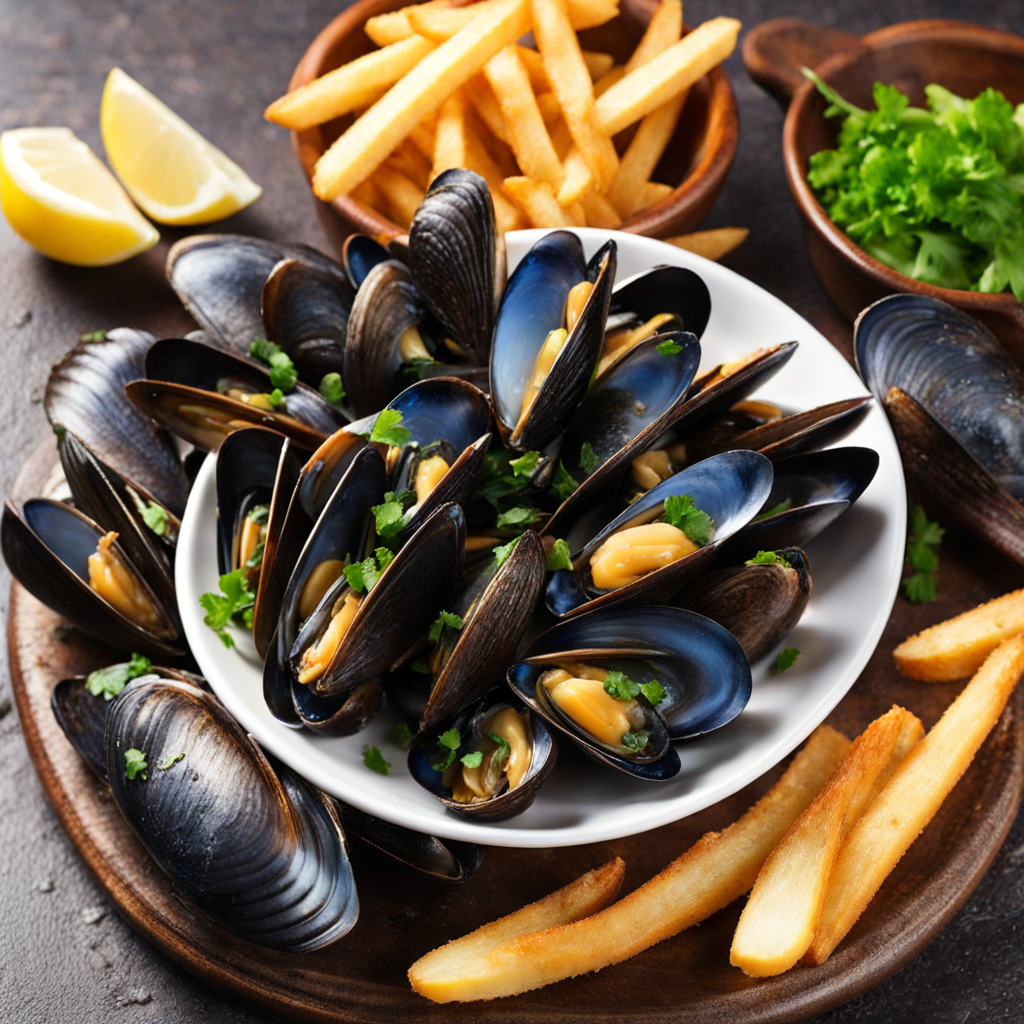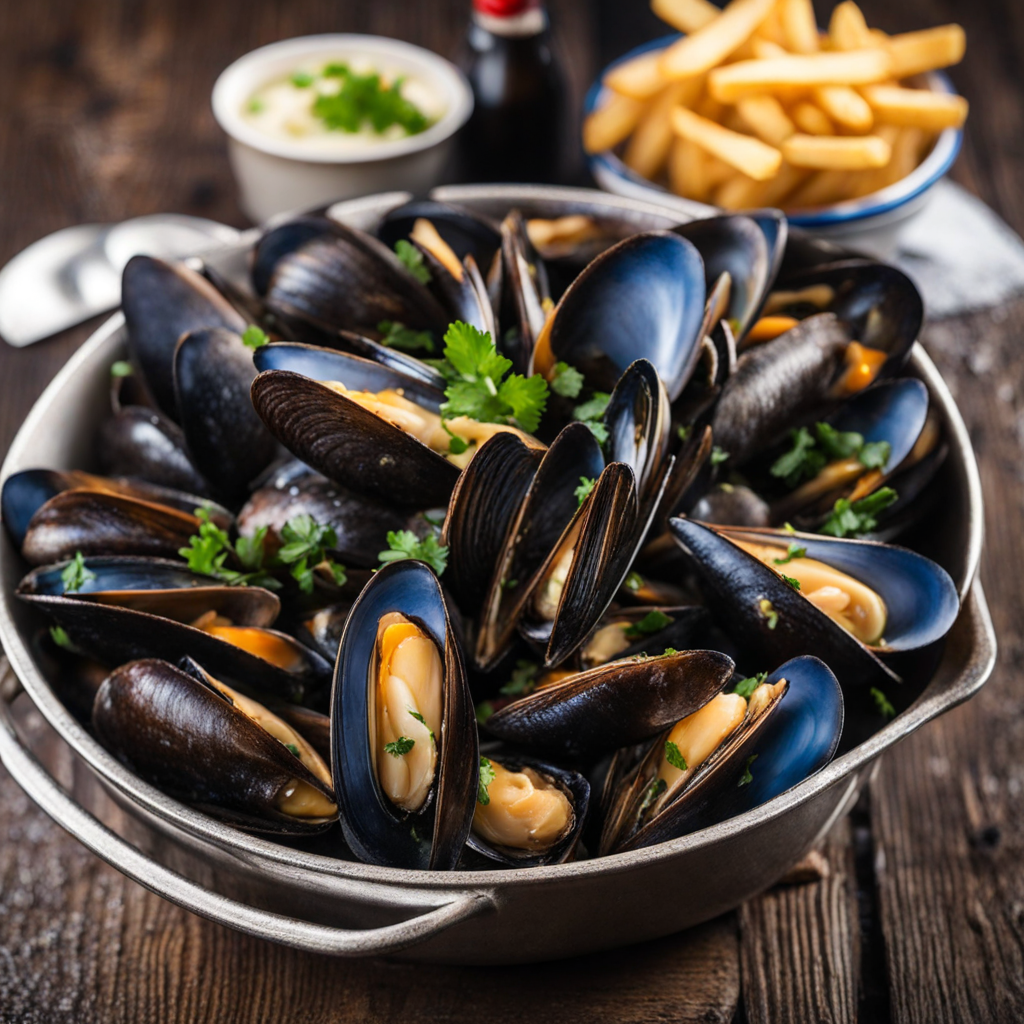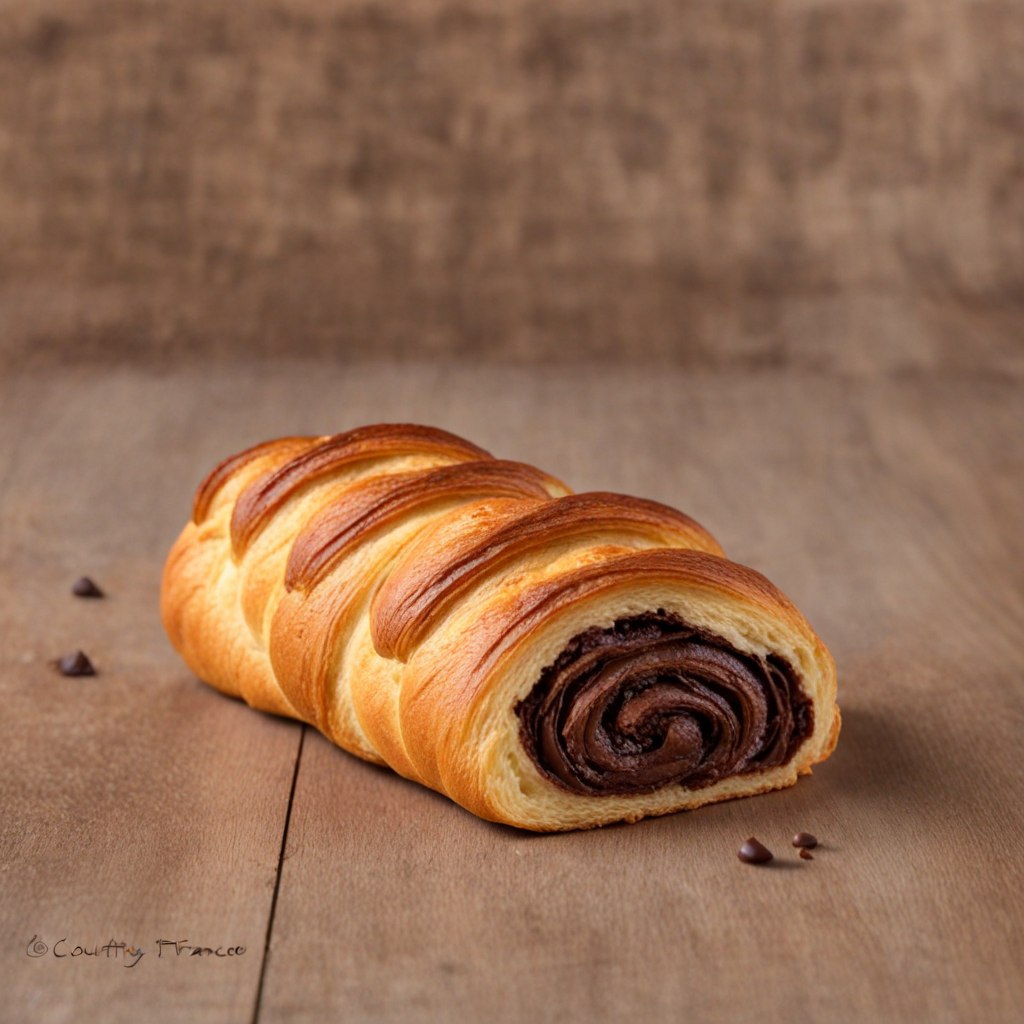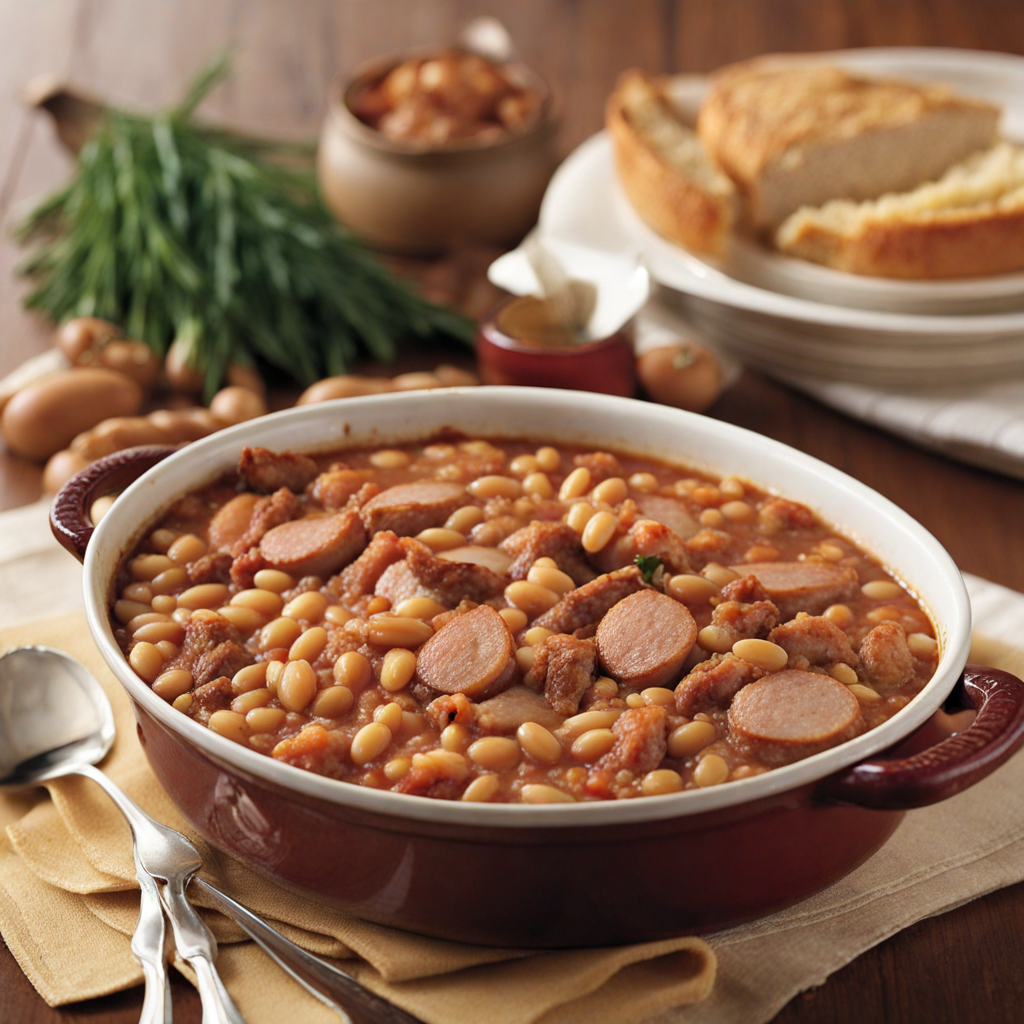Moules-frites
Moules-frites, a beloved dish hailing from the coastal regions of France, offers a delightful combination of flavors and textures that is sure to excite the palate. The star of the dish is the mussels, which are typically harvested from the clean, cold waters of the Atlantic. These bivalve mollusks are known for their tender, briny meat, which absorbs the essence of the broth in which they are cooked. The mussels are often steamed with a medley of ingredients such as white wine, garlic, shallots, and fresh herbs, enhancing their natural sweetness and imparting a fragrant aroma that fills the air. Accompanying the mussels is the "frites," or fries, which are a perfect complement to the seafood. French fries are traditionally made from starchy potatoes that are cut into thin strips and fried to achieve a golden, crispy exterior while maintaining a fluffy interior. The contrast between the warm, crunchy frites and the succulent, savory mussels creates a satisfying culinary experience. Many enjoy dipping the fries into the broth left at the bottom of the mussel pot, allowing for an indulgent combination of flavors that elevates each bite. Moules-frites is not just a meal; it’s a cultural experience that is often enjoyed in bistros and brasseries across France, particularly in regions like Normandy and Brittany. This dish is typically served in a communal pot, inviting diners to share and savor the experience together. Pairing moules-frites with a crisp, cold beer or a glass of white wine enhances the dining experience, making it a favorite among locals and visitors alike. Whether enjoyed by the seaside or in a bustling city, moules-frites embodies the essence of French cuisine: simple, fresh ingredients that come together to create something extraordinary.
How It Became This Dish
Moules-Frites: A Culinary Love Affair Between Mussels and Fries The Origins of Moules-Frites Moules-frites, a delightful dish consisting of mussels cooked in a variety of broths and served with crispy fries, is a quintessential part of French and Belgian culinary heritage. The roots of this dish can be traced back to the coastal regions of France and Belgium, where mussel harvesting has been a tradition for centuries. The North Sea and the English Channel, with their nutrient-rich waters, provide an abundant supply of mussels, making them a staple for coastal communities. The dish’s origins are somewhat murky, with both France and Belgium claiming it as their own. In France, particularly in the Nord-Pas-de-Calais region, moules-frites is often associated with the bustling port cities like Boulogne-sur-Mer, where fresh seafood is a way of life. Meanwhile, in Belgium, moules-frites is considered a national dish, reflecting the country's strong maritime traditions. The combination of mussels and fries is believed to have emerged in the late 19th century. Although mussels have been consumed for thousands of years, the introduction of fries as a side dish likely came from the influence of Belgian street food culture, where fried potatoes were a popular snack. The pairing of these two elements into a single dish represents a perfect marriage of flavors and textures, as the briny sweetness of the mussels contrasts beautifully with the crispy, fluffy fries. A Dish of Cultural Significance Moules-frites transcends mere sustenance; it embodies the cultural identity of the regions it hails from. In Belgium, the dish is often enjoyed in a convivial setting, typically shared among friends or family. The act of eating moules-frites is often accompanied by the consumption of local beer, with many establishments offering special pairings that highlight the flavors of both the dish and the brew. In France, particularly in seaside bistros, moules-frites serve as a reminder of the country’s rich maritime heritage. The dish is often prepared in various styles, reflecting the regional influences of French cuisine. For instance, the classic Marinière preparation features mussels steamed with white wine, shallots, and parsley, while the Provençal style may include tomatoes, garlic, and herbs. Each variation tells a story of the local ingredients and culinary traditions that shape it. Moules-frites has also found its way into popular culture, being depicted in films, books, and culinary shows that celebrate French and Belgian gastronomy. The dish symbolizes the pleasures of sharing good food in good company, making it a staple in social gatherings and celebrations. Evolution Through Time Over the years, moules-frites has undergone a transformation, adapting to modern culinary trends while maintaining its traditional roots. The late 19th and early 20th centuries saw the rise of brasseries and seafood restaurants across France and Belgium, where moules-frites became a prominent feature on menus. The dish’s popularity soared during this time, as it was both affordable and accessible, appealing to a wide range of diners. The post-World War II period marked a significant change in food culture across Europe. With the advent of globalization, culinary influences from around the world began to permeate traditional dishes. While moules-frites remained beloved, chefs began experimenting with different flavors and cooking techniques. Variations emerged, incorporating elements from Asian, Mediterranean, and other international cuisines. For instance, some contemporary recipes call for Asian-inspired broths with ginger, lemongrass, or coconut milk, showcasing a fusion of flavors. The rise of sustainability in recent decades has also impacted the way moules-frites is prepared and enjoyed. With increased awareness of environmental issues, chefs and home cooks alike have started to prioritize sustainably sourced mussels. Many restaurants now emphasize the importance of harvesting practices that ensure the health of marine ecosystems, reflecting a growing commitment to responsible dining. The Modern Experience Today, moules-frites can be found in a myriad of settings, from high-end restaurants to casual bistros and street food stalls. The dish has traveled beyond its regional origins and has become a beloved menu item in various parts of the world, particularly in places with significant French or Belgian influence. In cities like New York, London, and Montreal, moules-frites is a staple in many brasseries and seafood restaurants, often served with a diverse range of dipping sauces and accompaniments. The experience of savoring moules-frites has also evolved. Diners now often seek out unique pairings, such as gourmet mayonnaise flavors for the fries or innovative takes on the broth in which the mussels are cooked. The social aspect of the dish remains, with many restaurants offering communal dining experiences where large pots of mussels are shared among tables, fostering a sense of camaraderie. Conclusion Moules-frites is more than just a dish; it represents a rich tapestry of history, culture, and culinary evolution. From its humble beginnings along the shores of France and Belgium to its status as a beloved symbol of gastronomic delight, moules-frites continues to capture the hearts and palates of food lovers around the globe. As we indulge in this iconic pairing, we not only savor the flavors but also partake in a tradition that celebrates the joys of good food and shared experiences. The dish stands as a testament to the enduring bond between people and the sea, reminding us of the importance of preserving culinary heritage while embracing innovation. Whether enjoyed in a quaint café by the coast or a bustling city bistro, moules-frites invites us to gather, eat, and celebrate the simple pleasures of life.
You may like
Discover local flavors from France







